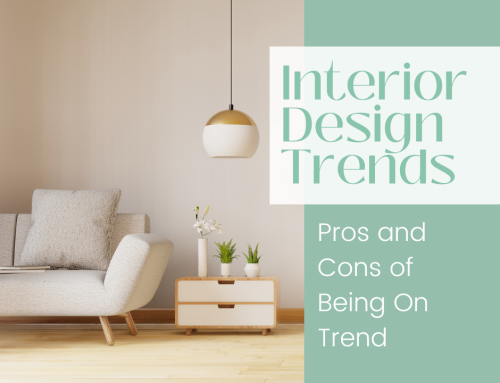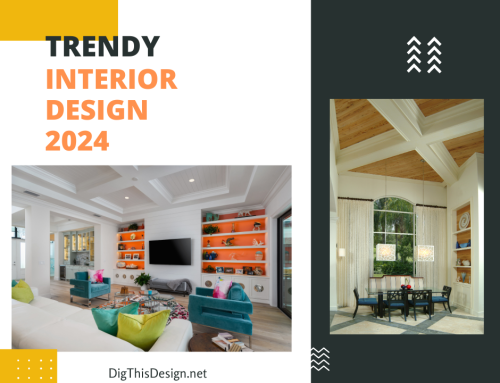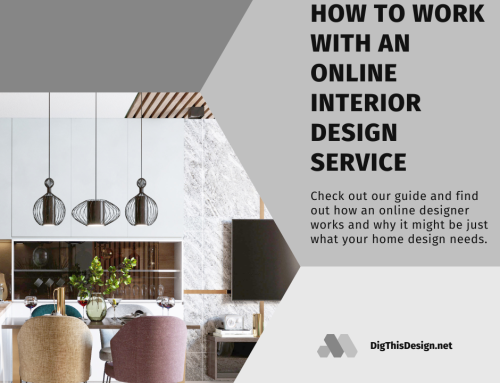Interior designers play an essential role in any architectural project. Not only that, they flesh out and elevate indoor spaces to ensure that their inhabitants enjoy a safe, functional, and beautiful environment too. The critical role that an interior designer plays is worthy of proper compensation, which is where billing methods come in.
Any professional knows the importance of an efficient invoicing system. But in today’s world, there are so many methods available that picking one can be a struggle in its own right.
Each project may vary in size, length of time, and amount of effort needed to reach completion. For these reasons, it is important for every interior designer to employ a billing system that sits in alignment with their preferred approach to productivity and time management.
Today, we’ll look at six of the most commonly used billing methods by interior designers and the different reasons behind why people use them.
The Right Billing Method Is Key To Thriving Projects And Client Relations

Without a billing method that combines well with your work ethic and approach to projects, your job as an interior designer can become needlessly complicated and unbalanced.
For example, if you are a fast worker that likes to get things done as quickly as possible, it won’t serve you well to use a billing system that charges per hour. Or if you work with a client that constantly changes their mind about what they want, a fixed rate can leave you at a financial disadvantage.
When you adopt a billing system that fits your working style well and allows for some wiggle room in common problem areas, you’ll not only find more satisfaction in your work, but your clients will be happier with the results.
This leads to a more cohesive relationship with your client base and ensures that nobody—neither you nor your loyal customers—get a raw deal.
Here are six of the most popular billing methods used in the interior design industry and what they mean.
1. Fixed rates
A fixed-rate billing system is one of the most common ones you’ll come across. In this method, the designer and their client will discuss at length a project before they set it into motion. They set a fixed fee based on the agreed-upon outcome.
This method works well for interior designers who understand their work ethics well and can accurately set a rate based on a mere estimation of how long it will take them and how much effort will be required. Sometimes, they may require an up-front deposit of anywhere from 10 to 50% prior to starting the project.
2. Hourly rates
As the name suggests, hourly rates are rates based on a set amount of money for each hour that a designer spends on a project. For example, if your hourly rate is $100, and a project takes you 50 hours to complete, the client will have to pay you $5,000.
You may work with a client that seems unsure about how long their vision will take to execute. Employing an hourly rate system can ensure that you get fairly compensated no matter how long the project drags on. This helps you to manage your cash flow, as you won’t lose money because of lost time.
3. Cost per square foot
If you are an interior designer that works with very large interiors. Then adopting a cost per square foot might be one of the billing methods helpful for you.
Once you have set your cost per square foot rate, you can give clients an idea of the overall charge. This is based on how much physical space their interior environment takes up.
Using this billing method can lead to very successful results. This is because physical space is a central variable in the length and effort required to execute a project.
4. Department store retail price
Some department stores offer interior design services, often at very affordable rates. While this billing method does not directly apply to interior design agencies or independent professionals, it remains one of the most accessible ways for people to use their services and streamline their home design.
If a department store offers interior design services, they typically relate to a stipulated minimum amount of purchased furnishings from the store. For example, if a customer buys a minimum of 10 items from the furniture department, they may qualify for affordable interior design services. Alternatively, these services may come at no cost as their price is built into the store’s profits.
5. Percentage over costs
This system works well for residential projects, although it can apply to commercial projects too. The last charge is determined by adding together all the costs of vendors, merchants, contractors, and materials. Then apply that number to a prearranged percentage markup.
For example, a project may cost $3,000 to execute. If the interior designer’s percentage rate is 30%, the client will owe $900 for the job.
6. Combination rates
Combination rates happen when you combine hourly rates, cost per square foot, and percentage of costs into one rate.
You can charge per square foot for physical space projections. Meanwhile, a predetermined hourly rate for the designer’s overall time and a percentage of costs system can apply for any external contractors or materials paid for.
While this may seem complicated, it’s a billing system that works extremely well for experienced interior designers who are tackling large-scale projects. Using a pre-configured invoice template can help to break down the costs, allowing designers to add the figures to each section to reach a combined total.
Summing Up
Finding a billing method that works for you as an individual interior designer may take some trial and error. But that’s perfectly fine as you will learn as you go. You will understand what works best for you and what yields the most positive result with more interactions with clients.
Regardless of which method you end up selecting for your career, just remember to always draw up a contract that holds both you and your client responsible for the outcome and its fair compensation. The clearer and more communicative you are, the happier everyone will be.
Other Posts You Might Enjoy:
Growing Your Interior Design Business
Protecting Your Interior Design Proposals and Ideas





